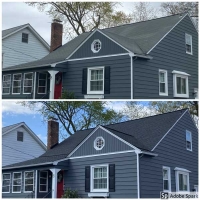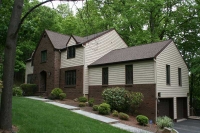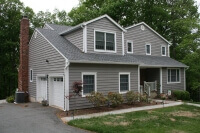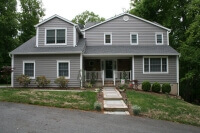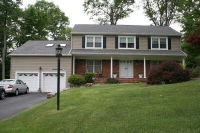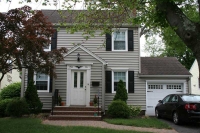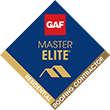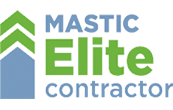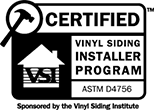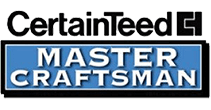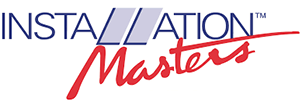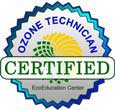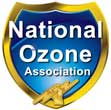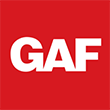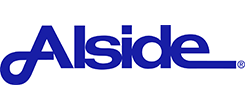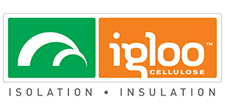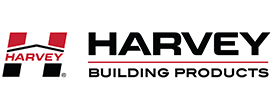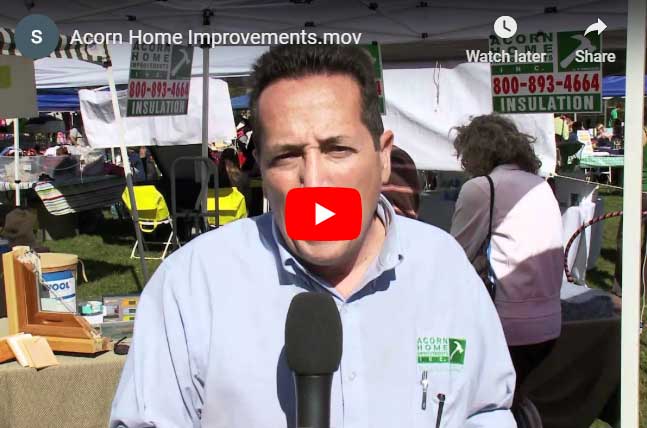Home insulation is a pivotal element for maintaining a comfortable, energy-efficient home. In this post, we delve into the various insulation types, their advantages and disadvantages, and the essential considerations for achieving an energy-efficient home.

Blanket and Batt Insulation
A staple in many homes, blanket and batt insulation — made from fiberglass, cotton or mineral wool — offers a cost-effective and simple solution for thermal regulation. It comes in pre-cut sections that fit snugly.
Pros:
- It’s relatively inexpensive and straightforward to install.
- Vapor barrier facings can help prevent moisture penetration.
Cons:
- Fiberglass materials can pose health risks if not handled properly.
- Performance is highly dependent on installation quality; any gaps can significantly reduce efficiency.
When installed correctly, this form of insulation can provide a comprehensive thermal envelope that contributes to an energy-efficient home.
Blown Insulation
Blown insulation, comprising small particles of fiberglass or cellulose, conforms easily to irregular spaces, which makes it particularly suitable for attic spaces or retrofitting existing walls. For homes in regions where the climate can vary, this adaptability ensures that every nook and cranny is covered.
Pros:
- It offers flexibility in filling around obstructions and irregular shapes.
- It can be cost-effective, especially in attic spaces.
Cons:
- Cellulose may hold moisture, leading to performance issues or mold.
- The weight of cellulose could potentially stress ceiling structures.
Spray Foam Insulation
For an airtight barrier and maximum energy efficiency, spray foam insulation stands out. It functions exceptionally well in creating seals around window replacements and upgrades during exterior renovations.
Pros:
- It has the highest R-value densities, offering excellent insulation.
- It can act as an air, water, and vapor barrier, especially the closed-cell variety.
Cons:
- It’s one of the more expensive options available.
- Its application involves toxic gases and warrants professional, skilled installation.
Rigid Foam Insulation
Rigid foam offers an excellent option that stands between the high cost of spray foam and the affordability of other insulation types.
Pros:
- It is resistant to moisture and can block thermal bridging through framing.
- It does not require special equipment or protection for installers.
Cons:
- Cutting to fit around obstructions can be labor-intensive.
- The inherent flammability of some foam products means they must be covered with a fire-rated material like drywall in living spaces.
Reflective Insulation
In warmer climates or for specific applications like roof undersides, reflective insulation can be effective. It is more of a supplemental material in cold climates but can help repel heat in the summer.
Pros:
- It requires simple installation and acts as a vapor barrier.
- It is more durable and compress-resistant compared to other insulation types.
Cons:
- It’s not usually sufficient as the sole insulation type in colder climates.
- Dirt and dust accumulation can diminish its reflective capabilities.
For guidance on which insulation is best suited for your specific needs, you can count on Acorn Home Improvements, Inc. Give us a call at (973) 386-9604 or visit our contact page to schedule an appointment.

